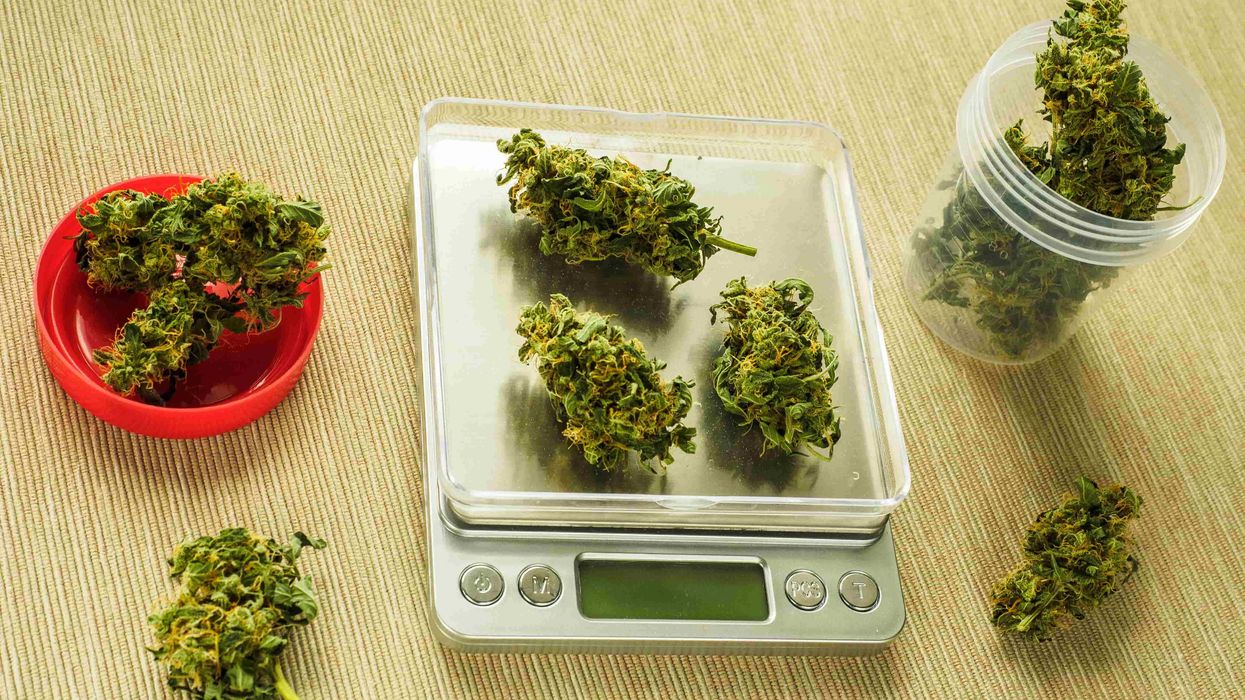This important guest post comes from the team at Sana Packaging.
The cannabis industry is one of the fastest-growing industries in America. It has seen continual year-over-year growth since at least 2018.
The federal government still has not legalized marijuana use and sale. This means that despite continuous industry growth, the government can’t give guidelines on how to run these industries.
Instead, it falls on the shoulders of industry leaders to lay the groundwork for standard cannabis business operation. Everything, including how to produce, transport, and sell cannabis, is in the hands of policymakers.
Choosing sustainable packaging can help your cannabis business thrive. Here are five reasons that hemp packaging is both ethically and fiscally responsible.
#1: Reducing Your Carbon Footprint
Here’s a number for you: 1.5 degrees celsius. That’s all the average global temperature needs to rise for us to see catastrophic consequences. Rising sea levels, drastic reduction of coral reefs, and climate-related poverty and deaths are all consequences of this small temperature difference.
Preventing this apocalyptic scenario will take a massive effort. The first step is to halve carbon emissions by the year 2030.
The cannabis industry has a responsibility to keep its carbon footprint low. Continual year-over-year growth means cannabis leaders need to pay attention to their environmental impact.
According to the Green Business Bureau, eco-friendly packaging reduces the consumption of materials. This, in turn, reduces your overall carbon footprint and can help with the goal of keeping climate change under control.
#2: Removing Plastic from the Oceans
Plastics weren’t used in a widespread way until the 1950s, but since then, they have seen a rapid increase in use, most notably in packaging, accelerated by the trend toward single-use packaging products.
But most plastics aren’t biodegradable, and the vast majority of those materials wind up in landfills or — worse — the oceans. In fact, up to 80% of the litter impacting marine life is plastic.
Plastic pollution doesn’t just affect sea creatures, either. Because so many sea creatures and birds consume plastic and spread disease, plastic pollution has a huge impact on human health.
By moving away from single-use plastic items to sustainable hemp packaging, you can reduce plastic pollution and be a part of the solution rather than the problem.
#3: Creating a Standard of Accountability
For years, large institutions have been making demands of people to solve global warming. They suggest things like carpooling or recycling personal plastics will be enough to end global climate change.
This mindset has allowed governments and large businesses to ignore a global issue — but it’s systematically untrue that people, on their own, can create the large-scale changes needed to combat such a widespread issue.
More and more, scientists are pushing institutions to do what needs to be done at the large-scale level to reduce climate change.
Switching to eco-friendly packaging materials sends the message that your company is accountable for your plastic waste production. And that’s actually how you want it. You don’t want customers to choose to buy less of your product in their effort to minimize waste.
When you choose not to buy into wasteful packaging, customers don’t have to feel bad about buying your product — and that can have long-term financial benefits for your company.
#4: Improving Your Brand’s Overall Image
Along the same lines as holding your business accountable for your waste production, using eco-friendly packaging can improve your brand’s overall image.
A recent study shows that more than two-thirds of customers in North America prefer brands that are eco-friendly or sustainable.
When your product is cannabis, it doesn’t take a lot of extra effort to be recognized as a sustainable brand. You’re already selling a natural product; you may as well go the extra mile and package it sustainably as well.
Showcasing your commitment to the environment can also increase customer loyalty. Not only are 87 percent of customers likely to have a more positive image of a brand they see as environmentally-friendly, but 88 percent of customers are more likely to remain loyal to sustainable brands, according to Forbes.
The simple choice to switch from plastic packaging materials to hemp packaging can actually increase the number of loyal customers your brand has.
#5: Lowering Shipping Costs
In addition to the numerous other reasons to embrace sustainable cannabis packaging, doing so can reduce your overall shipping costs.
Non-biodegradable shipping products have many hidden costs associated with them. For example, traditional packaging methods tend to be bulky and heavy, which can cause you to pay premium shipping costs.
Hemp packaging, on the other hand, is all about minimalism. You use less of the material to package your item, which means your packages tend to weigh less and cost less to ship.
Additionally, as more companies make the move to sustainable packaging, industries will begin to create a larger supply of these materials. This means that the materials themselves may cost less money in time as a natural result of supply and demand.
Create a Sustainable Cannabis Business Today
There has never been a better time to embrace sustainability as a major part of your business model. Eco-friendly cannabis packaging, like the 100 percent sustainable packing from Sana Packaging, allows your business to participate in a circular economy that rejuvenates the planet, reduces carbon emissions, lowers oceanic pollution, and creates satisfied customers.
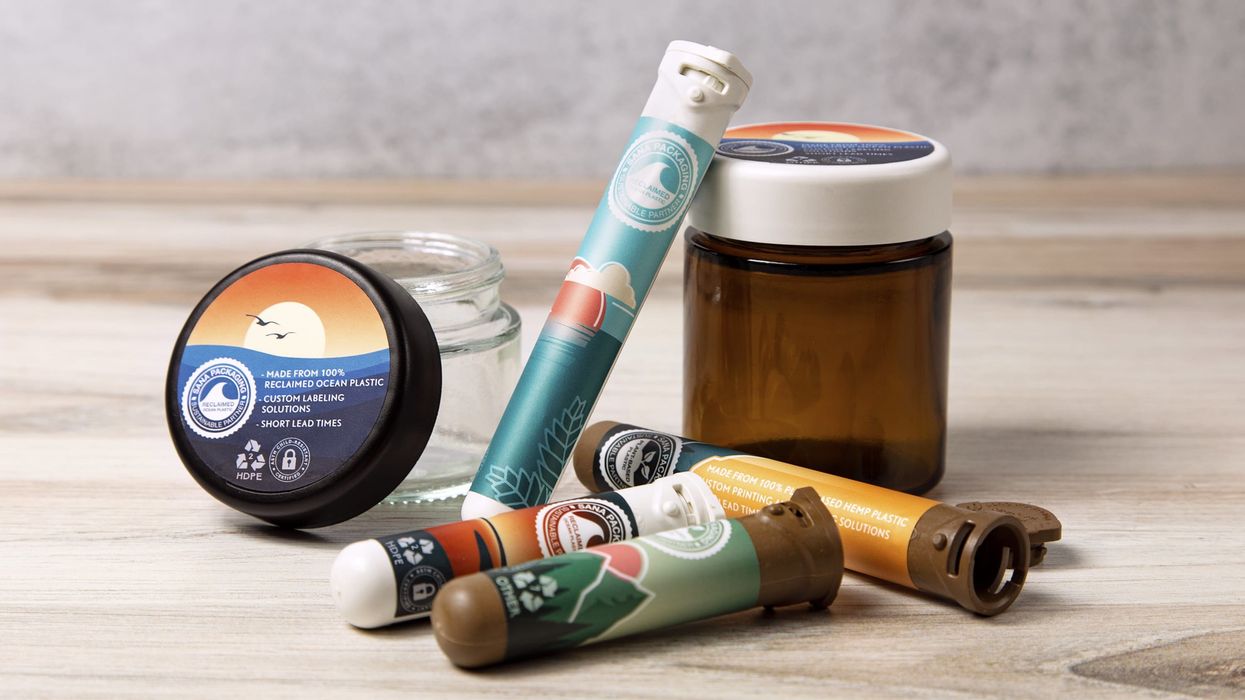

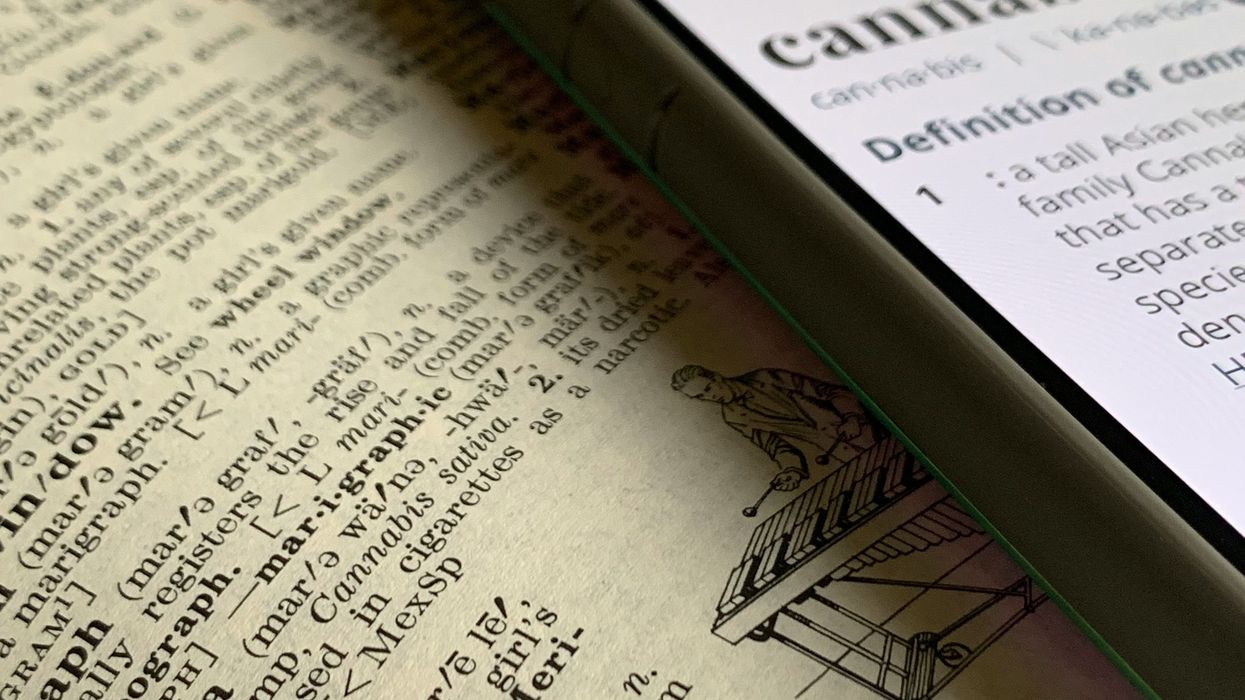
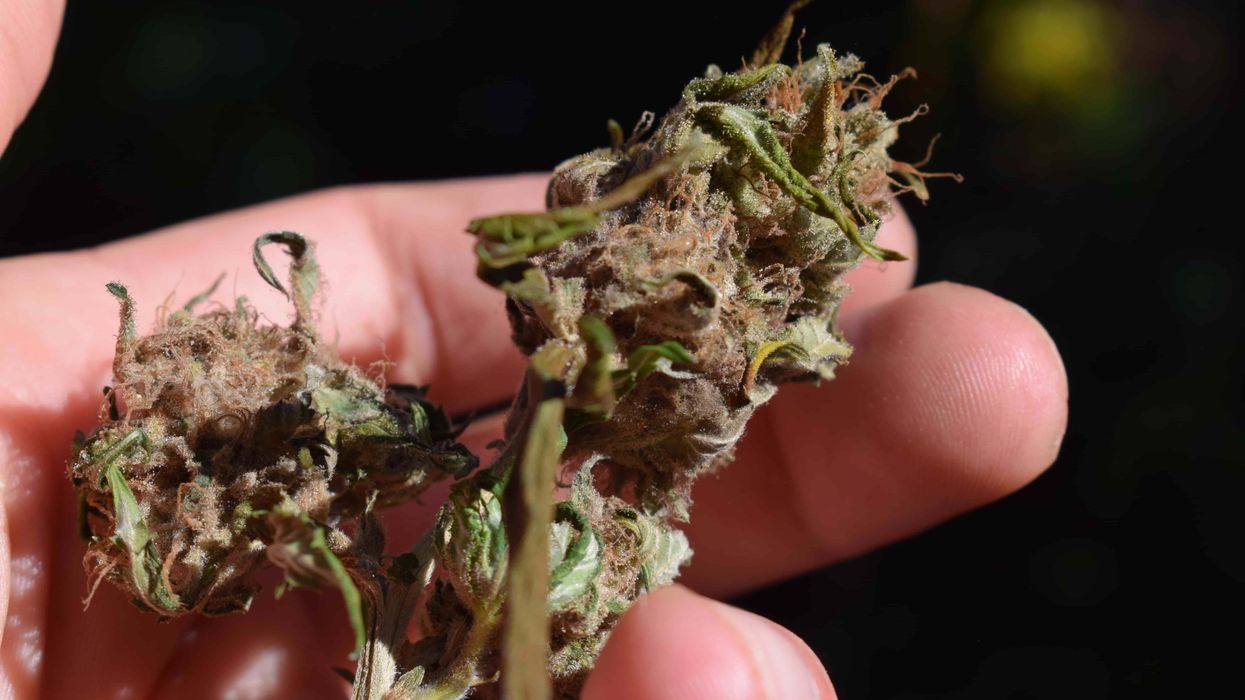
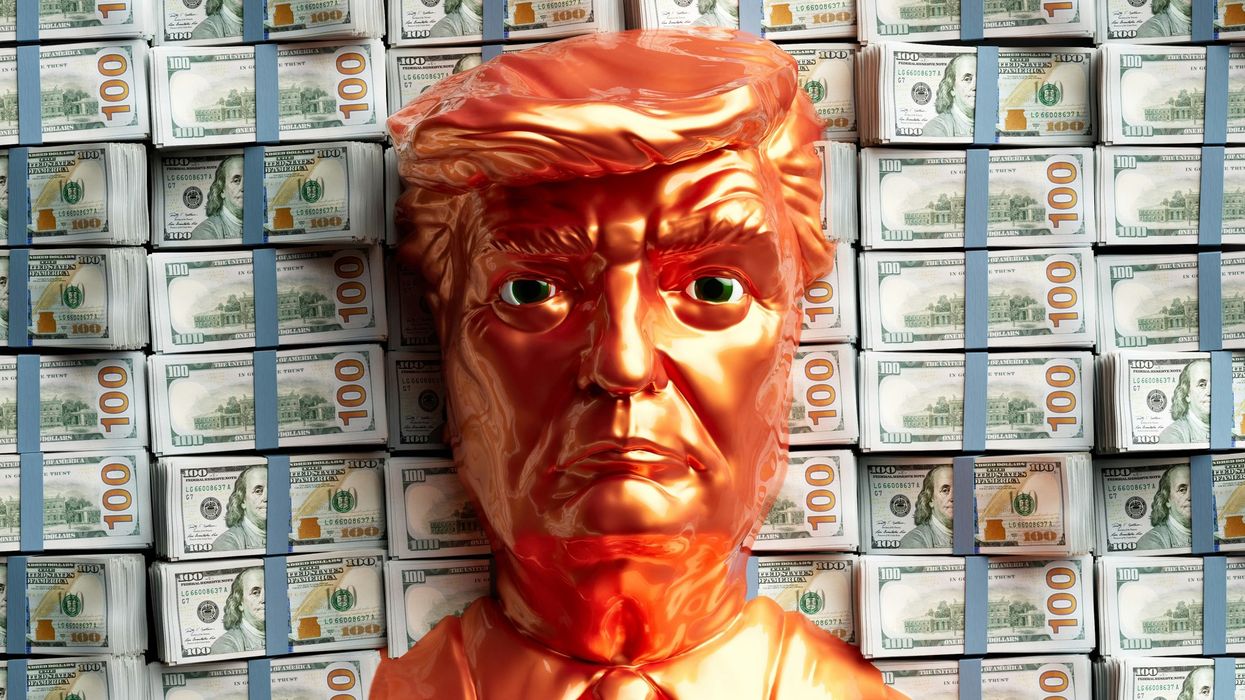
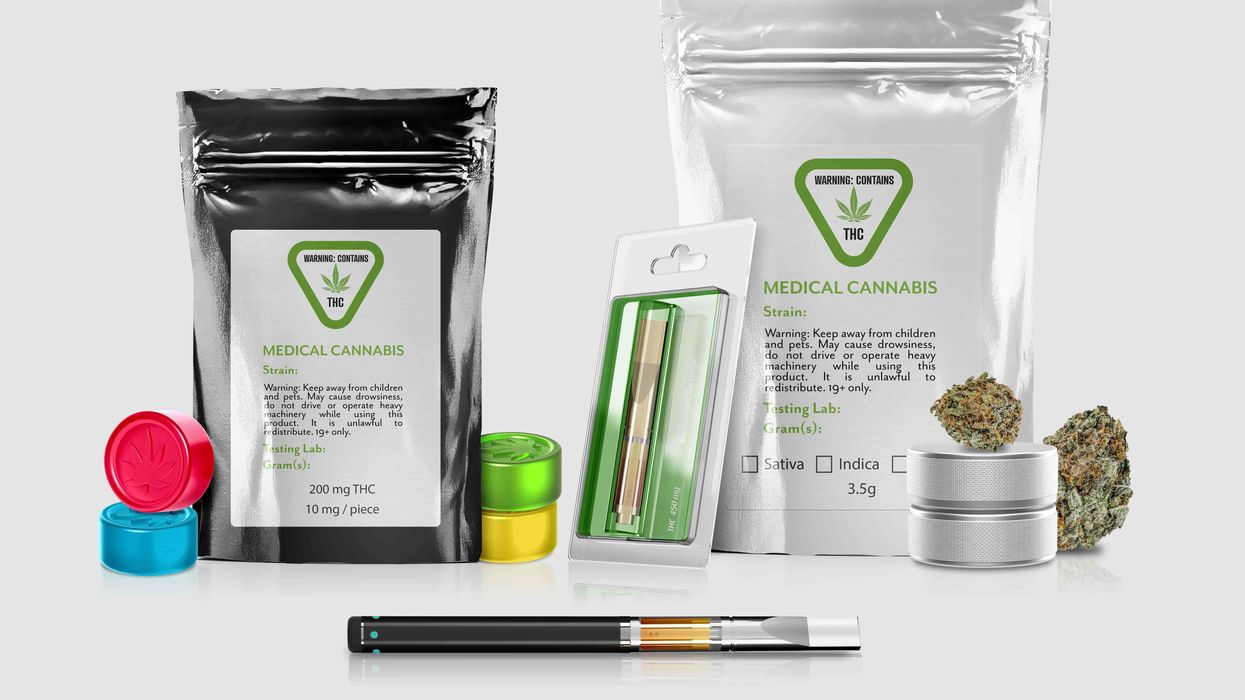

 Justin Timberlake Eye Roll Gif By Agent M Loves Gif - Find & Share on GIPHYAgent M Loves Gifs
Justin Timberlake Eye Roll Gif By Agent M Loves Gif - Find & Share on GIPHYAgent M Loves Gifs
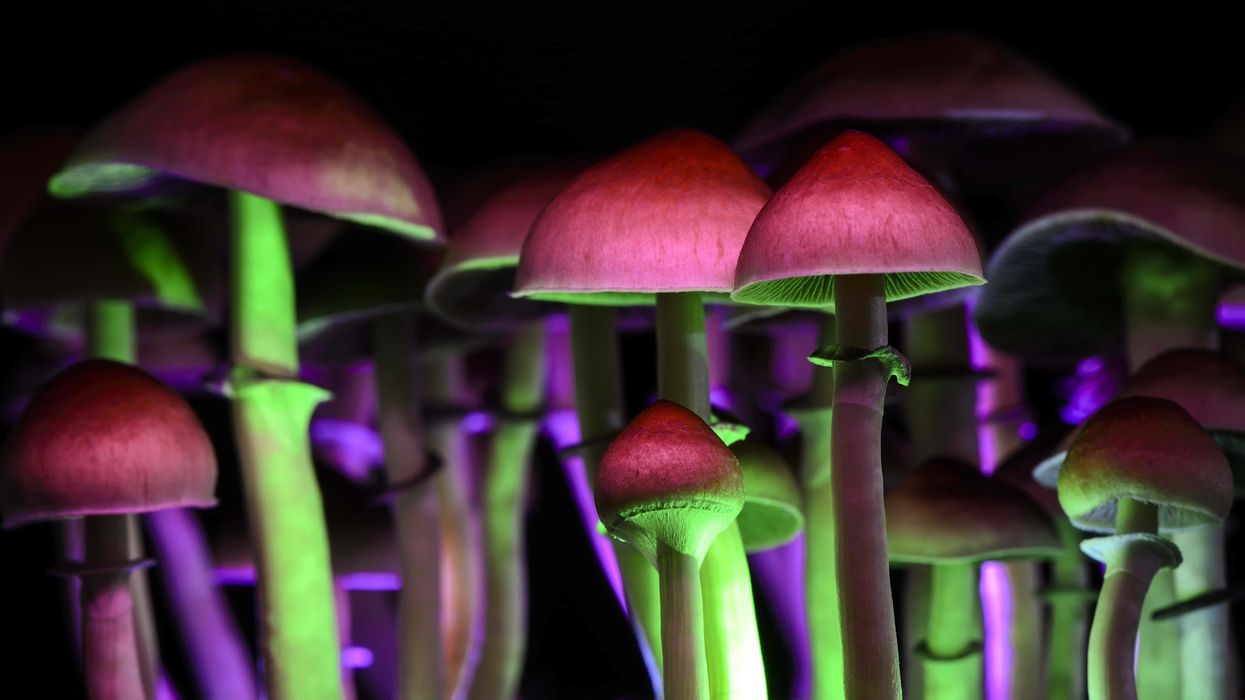


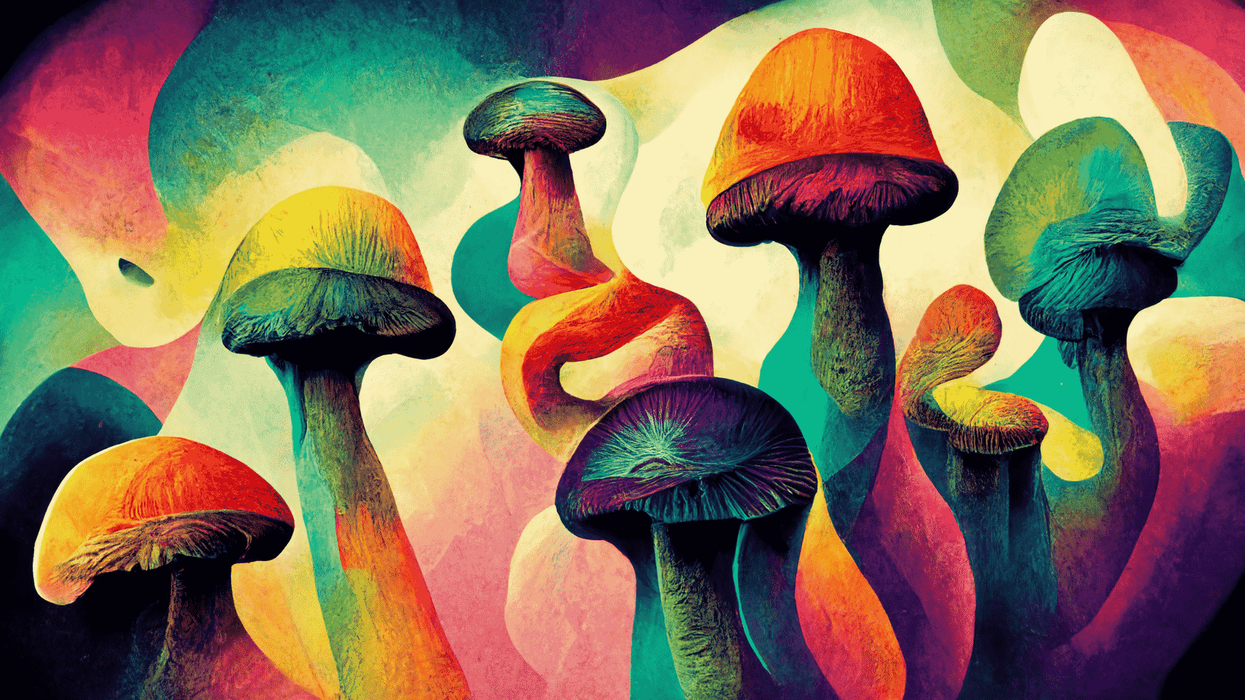
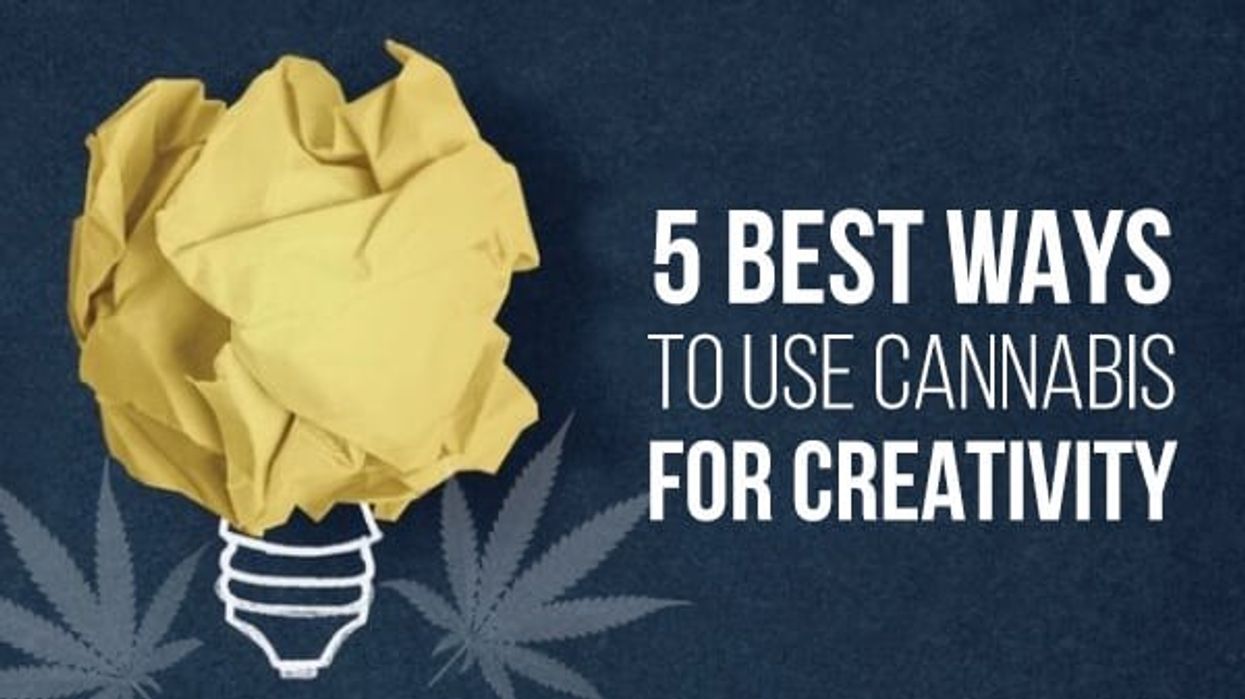
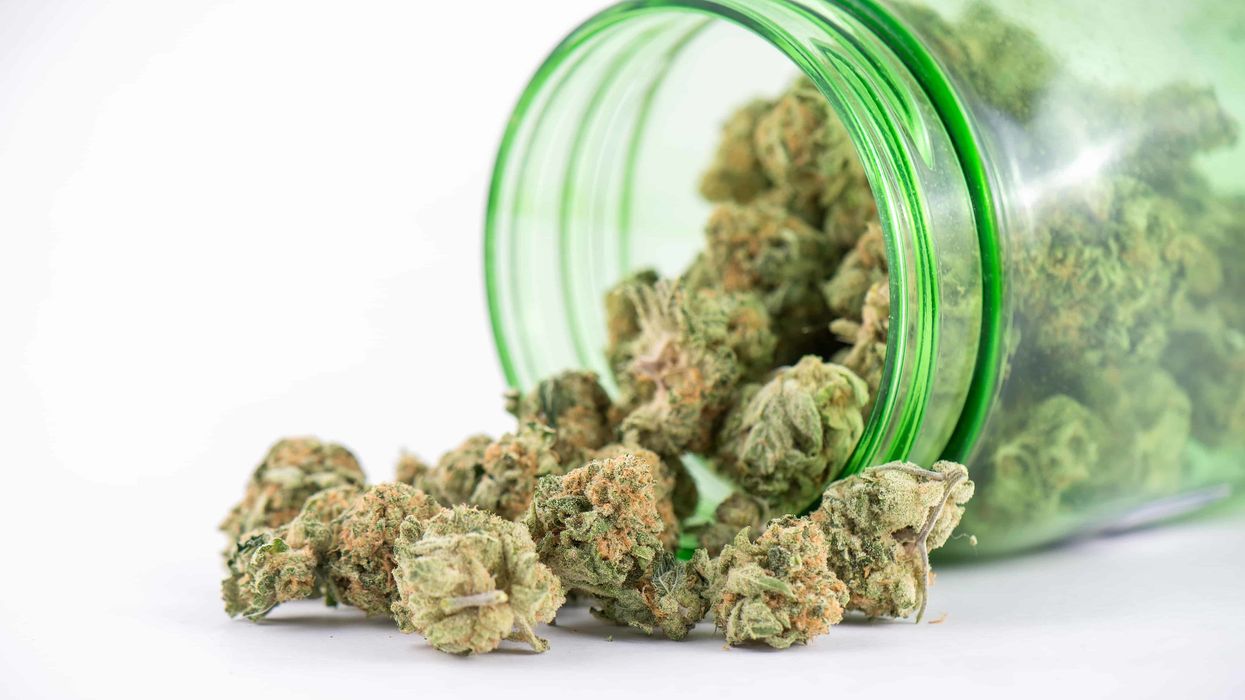
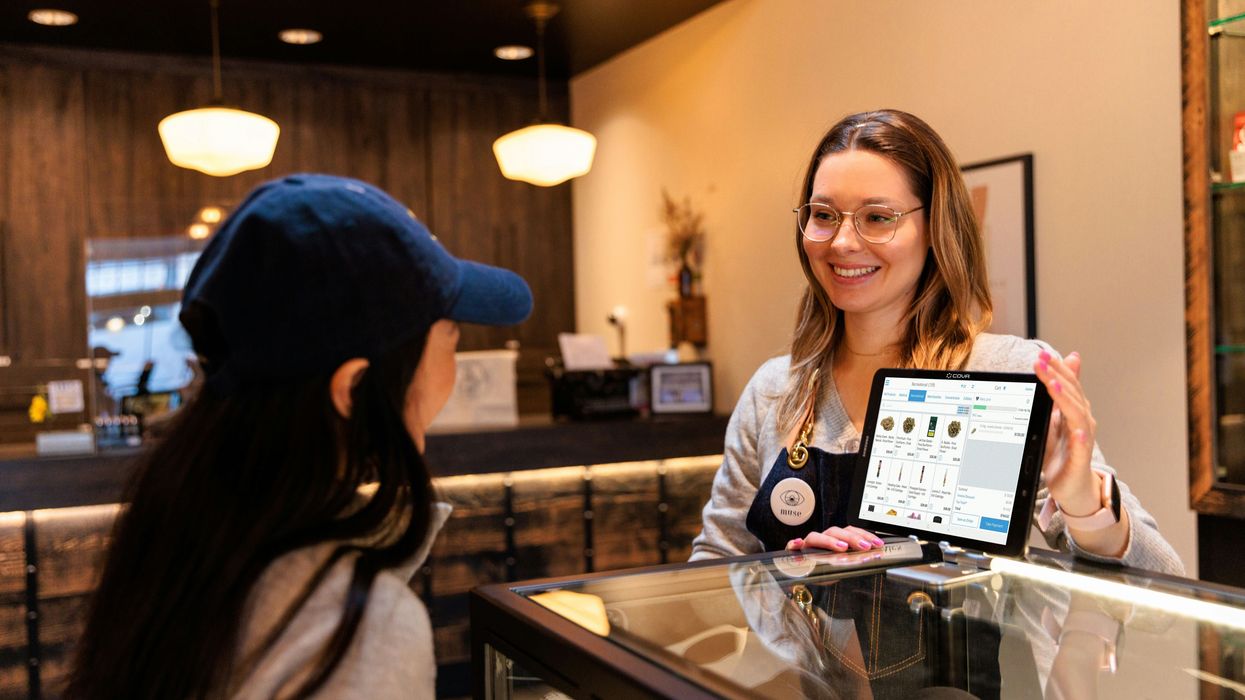
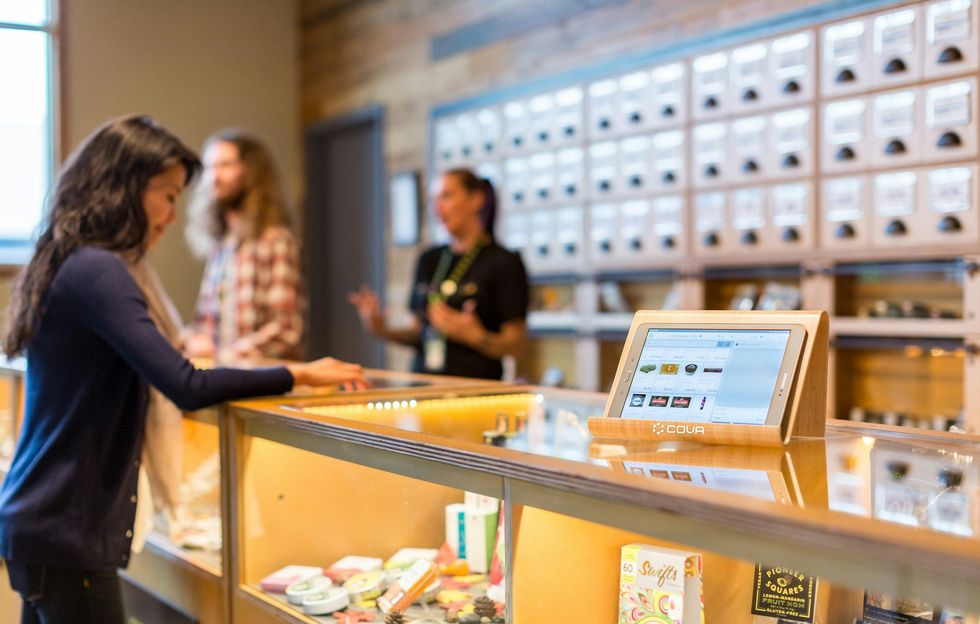 How to Become a Budtender: Complete Career Guide & Salary Information - The Bluntness Photo by
How to Become a Budtender: Complete Career Guide & Salary Information - The Bluntness Photo by  How to Become a Budtender: Complete Career Guide & Salary Information - The Bluntness Photo by
How to Become a Budtender: Complete Career Guide & Salary Information - The Bluntness Photo by 
